How to Set Macros for a Ketogenic Diet
Primal Edge Health participates in the Amazon Services LLC Associates Program and other affiliate programs and therefore, may collect a share of sales or other compensation from the links on this page. This comes at no additional cost to you, and all the prices and availability are accurate at the time of publishing.
Learn how to set macros for a ketogenic diet the easy way. Forget all the confusing explanations you’re read elsewhere and follow our simple tips.
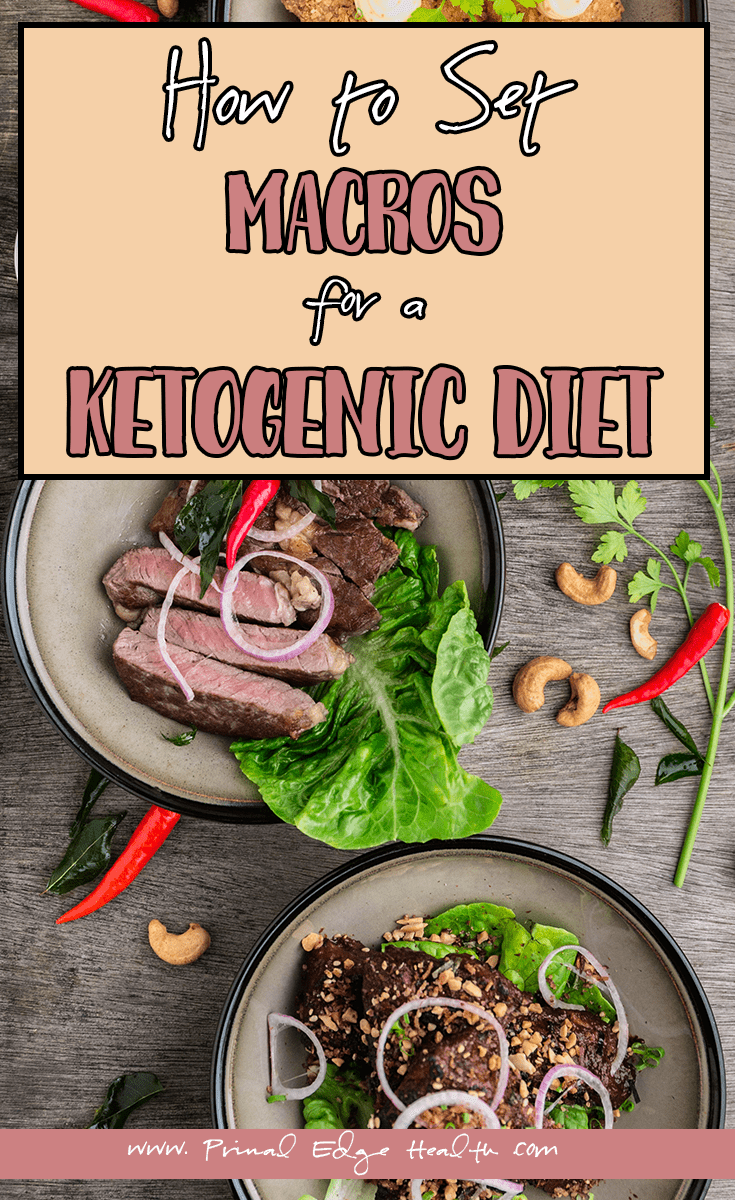
We must answer certain questions. How low is “low” carb and how high is “high” fat? What about protein?
Many of us haven’t even heard of macros before! Don’t worry though, they are easy enough to understand in the context of a keto diet.
Macronutrients (macros) include protein, fat, and carbohydrates, these are contrasted with vitamins and minerals which are micronutrients. Generally speaking, a ketogenic diet is a low-carb, high-fat diet.
Setting the right macros on a ketogenic diet is important to ensure
- You get all the nutrients you need
- You feel satisfied and nourished
- You can handle the adaptation period and general day-to-day activity
Table of Contents (click to view)
Do Calories Matter on Keto?
Yes…and no.
Tracking macronutrients is a much more precise way of “counting calories”. Each gram of protein and carb is 4 calories, each gram of fat is 9 calories, thus by tracking macros you are in effect tracking calories. Simply multiply your target macros and add them together to tally up total calories.
Some individuals do well for a period of time without bothering to track specific macros. If you have a lot of body fat to lose, it is likely that you will see results by limiting carbs, eating keto foods and kicking the sugar out of your diet. However, to break stalls, drop the last 10-15 stubborn pounds of fat, or optimize digestion and overall health, we recommend you learn how to track macros on keto.
Calories on a Ketogenic Diet for FAT LOSS – Should we count them on KETO?
Grams vs Percent of Macros on a Ketogenic Diet
You may come across information about macro percentages as they pertain to a ketogenic diet. For many of us the ratio of percentages is irrelevant. This approach was first implemented for children using a ketogenic diet for drug-resistant epilepsy. Percentages of protein to fat to carb are useful for growing youth, not necessarily for mature adults and usually not for those of us who are overweight. When we have a lot (or just 10-15 pounds) of body weight to lose, we want to burn the fat from our body, not from our plate. Adjusting the grams of macros is a much more effective method.
Keto for fat loss is NOT 80% fat
People use a ketogenic diet for multiple goals. The most common ones being: fat loss, muscle gain, weight maintenance, and general health. Our goals must be supported by the correct formulation of macronutrients.
Review this list here to learn what and what not to eat on a ketogenic diet.
How do we get to that “magical” place of fat loss in combination with all day energy and stable emotions? How can we be sure to reap all the benefits of a ketogenic diet?
First we must understand there is no one-size-fits-all prescription. This is a common problem with online keto macro calculators – they don’t take into account many of the important variables. Age, height, sex, weight, and activity levels are obvious factors. More complex influences like sleep patters, stress levels, exposure to sunshine, past traumatic events, injuries, and daily lifestyle also play a role in determining our hunger and energy demands. For this reason, we set a range of macros. The outline below will give you a good idea on where to begin and how to adjust as you go forward. If you have a unique situation or prefer to skip the trial and error process, read over our coaching packages and get in touch with us to get started.
How to Set Macros for a Ketogenic Diet
Get adequate protein
Give yourself a range of protein, this will stay relatively fixed and not change for different goals.
If your goal is to lose significant amount of weight: calculate 0.6-0.8 g protein per pound or 1.2-2 g protein per kilogram of desired body weight.
If you are already at reasonably healthy body fat and want to maintain weight or build strength, base the calculation on lean body mass. Use this visual chart to estimate your body fat percentage.
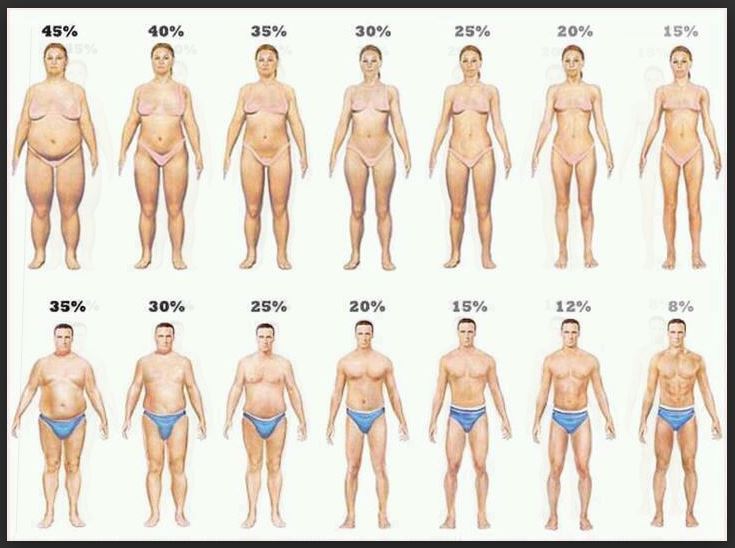
If protein piques your interest, dive more into the protein discussion with these resources
- Find Your Optimal Level of Protein for a Ketogenic Diet
- How Much Protein Do you Need on Keto?
- The Relevance of Dietary Protein (video Lecture by Dr. Benjamin Bikman)
- More Than You Ever Wanted to Know About Protein & Gluconeogenesis
- Protein in the Context of Keto: Too Much Protein? High Protein?
Use Fat as Fuel
This is the macro we adjust depending on context and goals. Once weight loss is achieved, you will want to add in more dietary fat to maintain weight. If you want to gain weight, use fat to create a caloric surplus.
Set range of 1.5-2 g fat per gram of protein.
Limit Carbs
Keto is carb restrictive. You can count total carbs or just net carbs. Net carbs are the total carb amount minus fiber. Fiber is indigestible bulk material that our bodies do not break down and use for energy, therefore have no caloric impute.
The carbohydrate macro is a limit, not necessarily a goal. Consider it a maximum for daily intake. Not everyone does well with all vegetables, some of us are sensitive to high-fiber content and various vegetables. It is fine to minimize or even eliminate (zero-carb) vegetable material.
- Cap total carbs at 50 g total carb.
- Cap net carbs at 20-30 g net carb.
If you are only eating low-carb vegetables (salad greens, cucumber, celery, zucchini, cabbage, etc.) it is very difficult to exceed these limits. If low-carb vegetables are your exclusive source of carbs, you do not necessarily need to count them.
Dairy products, nuts, and berries have more carbs and can easily be over-eaten, these should be tracked. Processed “keto” foods, snacks, and desserts can have many carbs and hidden food-like ingredients, keep these to a minimum.
Eat whole, unrefined foods as much as possible. The Ketogenic Edge Cookbook contains helpful dietary advice and over 130 recipes all based on real food ingredients. Use our tips, advice and delicious recipes to simplify your ketogenic diet and lifestyle and maintain success long-term!
What is the best way to track macros for a ketogenic diet?
There are a number of online tracking apps you can use, but nothing is as good as pen and paper. Writing down your food for the first two weeks will help commit this information to memory and prepare you to be able to confidently eyeball portions later on. Once you feel like you have figured out your macros and want to keep going long-term, the transition to more “intuitive” eating is easier when you can continue to eyeball your meals and add the macros up in your head.
I highly recommend using ourPrintable Keto Food List with Macros
If you must use a tracking app, we recommend Cronometer. Both Cronometer and Fat Secret are good directories to look up individual food ingredients. Spark Recipes has a great recipe calculator that I use.
Recommended: Real Plans is the best meal planning app I have ever used. It has a macro tracking extension too!

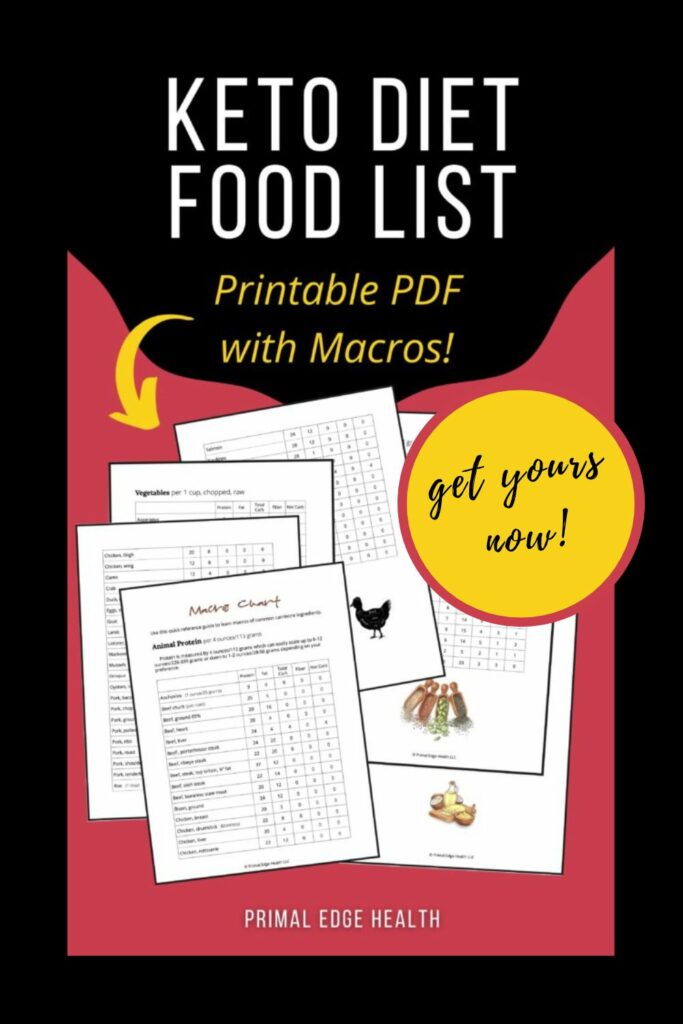
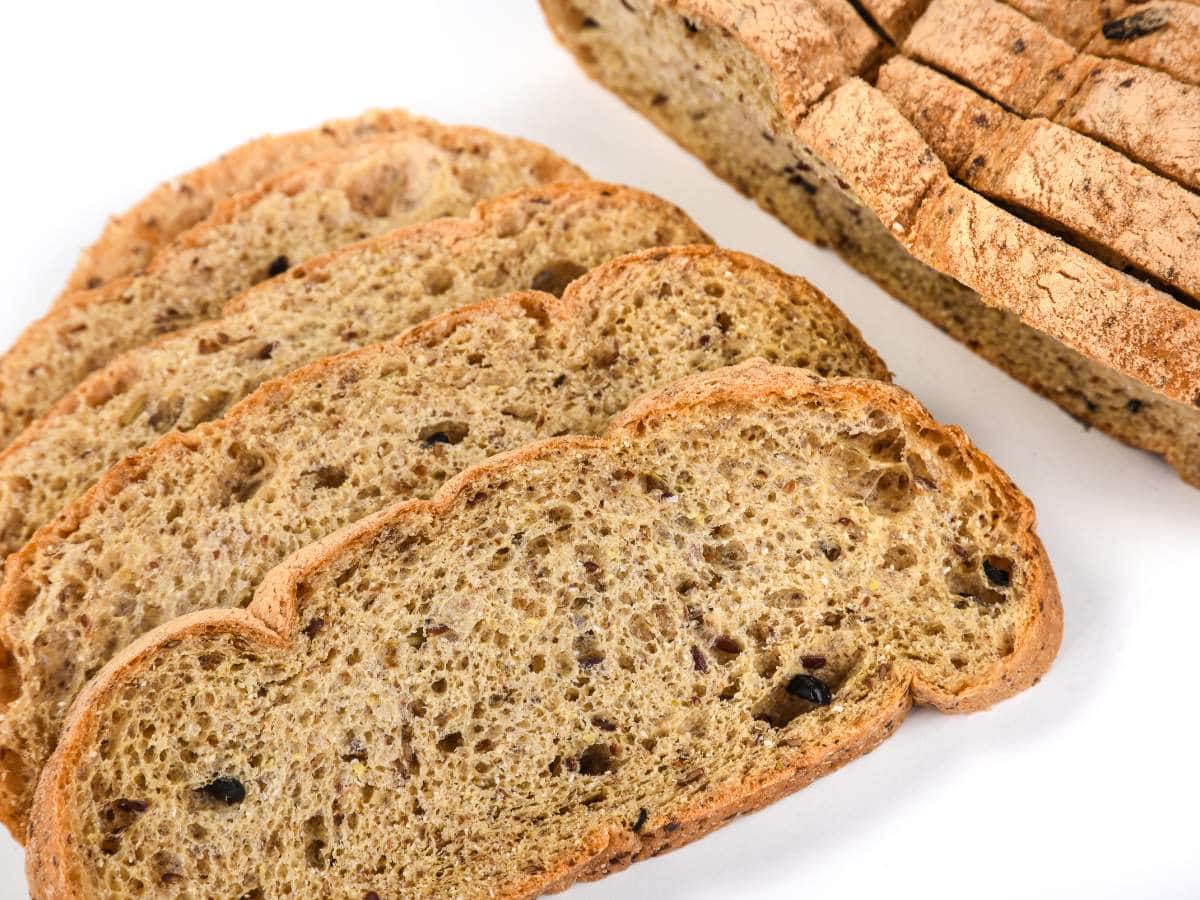
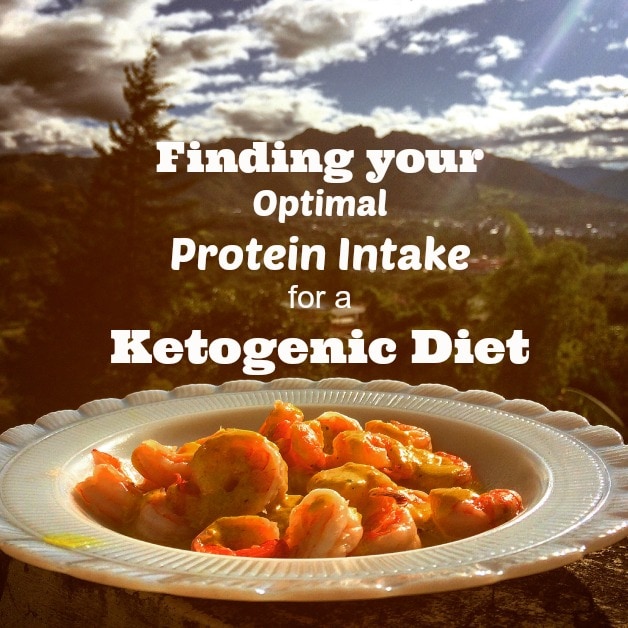

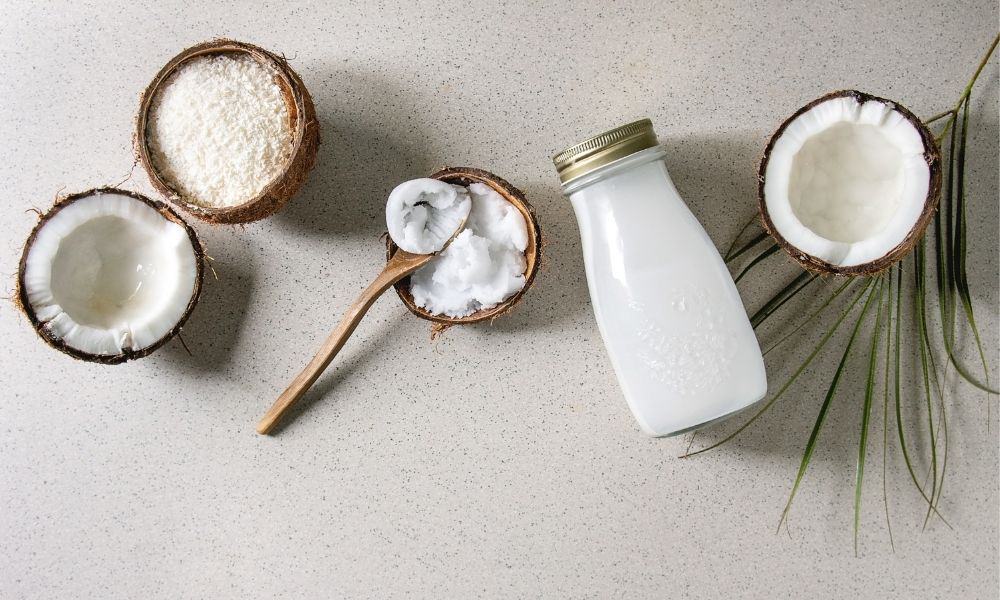

Do you address issue of keto rash. Was having good results for first month, then developed rash and it is getting worse.
Hello, Kathleen. I’m sorry I don’t have any specific content on keto rash.